Gives uniformity with very little fines. Good for pour-over & aeropress. Best for French press & cold brew!
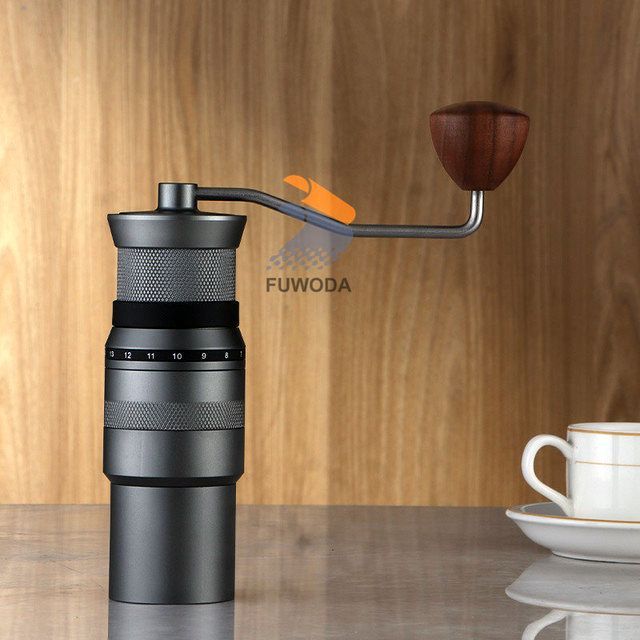
I bought a hand grinder with flat 49mm burrs with a special design for brewing methods other than Turkish pot and espresso. They produce fantastic results for a pour-over (V60 or regular coffee machine) and aeropress. But if you are a fan of French press or cold brew (which require a particularly coarse grind), this product is a must-have for your household!
This burr is called "ghost tooth" (but often written simply "ghost burr"). As you can see, there are many "teeth", which makes them very different from regular flat ones:
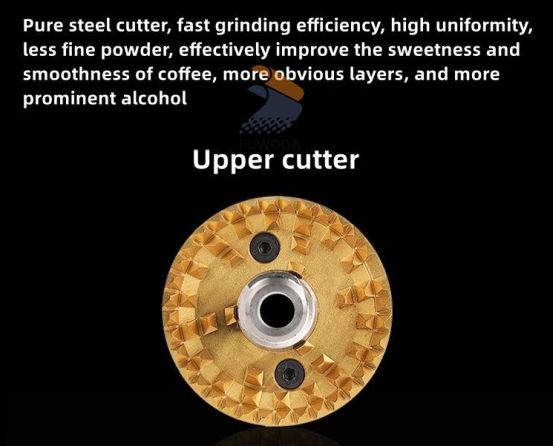
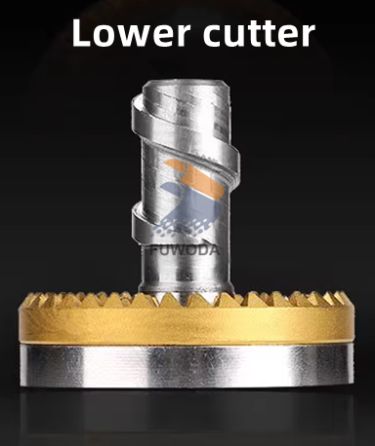
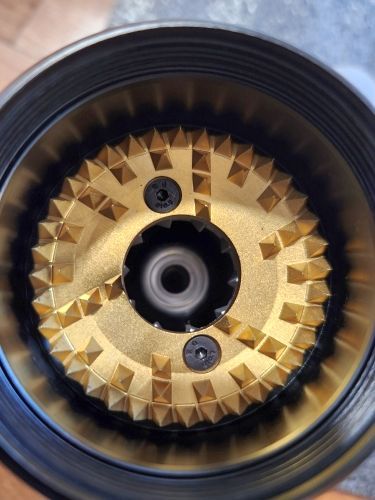
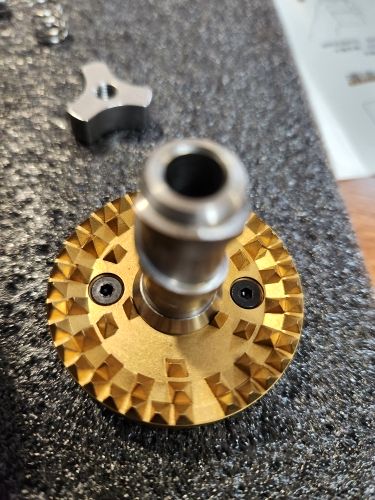
Regular burrs literally grate the beans, producing a non-uniform grind. In addition to particles of the desired size, you get a lot of very fine "dust", which makes light roasted coffee sour, and dark roasted coffee bitter. Ghost burrs simply crush the beans, but do not grate them, which results in much less "dust".
Before entering the burrs, the beans are crushed with a pre-breaker:
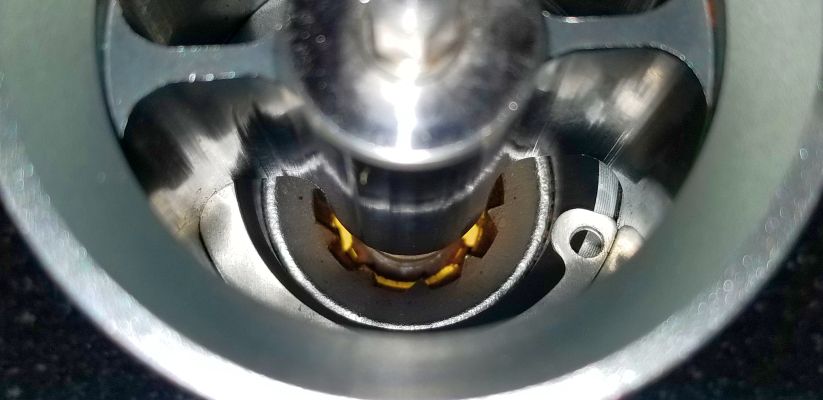
The amount of "dust" is also affected by the rotation speed: the faster the more (although this has a minor effect). On the manual grinder, the rotation speed is minimal, so everything is perfect in this respect. However, on AliExpress there are also electric ghost grinders with a rotation speed of 100 RPM, and they are inexpensive.
The uniformity of the grind is amazing (this is the coarsest, but in the fine grind all the particles are about the same size too):

For comparison, a similar grind size on Niche Zero (coarse particles are mixed with a "mush" of smaller and fine particles):
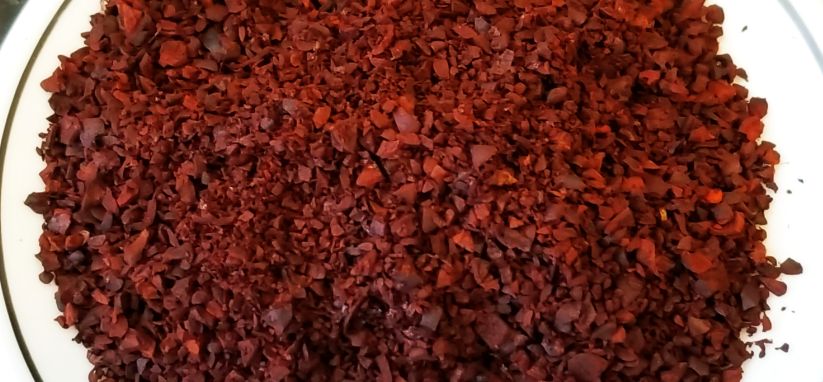
I set the coarsest grind - #20 (one full turn of 16 steps + 4). This makes it easy to turn the handle. No effort is required at all, it's like grinding air - I could actually move the handle with my little finger.
The process takes relatively little time. It took 42 seconds for 20 grams (I spun at a normal speed, not chasing a record). The roast was very dark ("Italian"), but there was very little bitterness. To be more precise, there was exactly the amount of "noble bitterness" that I like. When the roast came out a little lighter, I reduced the grind size to 15 or even 12 - still very easy to spin.
By the way, there are not 20 but 60 steps there - just every third step is marked with a number. However, this is not necessary for this application - it's not espresso. To change the number, the ring has to be lifted up, turned and lowered down, so it cannot be accidentally moved during operation.
At first I thought that if I liked the "ghost teeth", I would sell this grinder and buy an electric one. But now I see that I enjoy the manual one. There is also psychology here - the unit is assembled very well, it is solid and heavy (865 grams) - you pick it up and feel that you have a "serious thing". The body is made of aluminum alloy, the "insides" are made of stainless steel. The device seems premium and timeless. But what about cheap Chinese electric grinders (many of which are not much more expensive than this manual one) is a good question... However, if I drank regular coffee (not espresso) every day, I would buy an expensive "ghost" electric grinder, or TimeMore Sculptor 078 (without the letter "s"). It has burrs of a special design - a "normal" pre-breaking area (the "internal ring") and ghost teeth for final crushing (the "external ring"). But I'm a fan of espresso, and the French press is just sometimes for a change.
My French press (officially stated as 350 ml) allows 300 gr of water. At first I ground 20 grams of coffee and infused for 4 minutes, then (after some experimentation) I switched to 16 grams and 5 minutes. As you can see, it takes even less time to turn the handle.
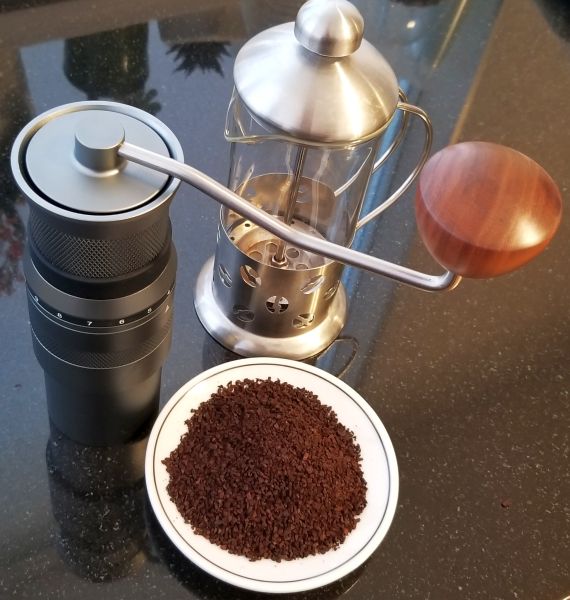
I am shocked at how good the coffee tastes now! Not only the taste but also the aroma has improved. When I first poured boiling water over the coffee within the flask, I was immediately hit with such an awesome smell that I was stunned and even started to put the cup under the nose of my wife, who was quietly watching TV - check out the aroma, you haven't smelled one like that yet! My Niche Zero (which I use for espresso) doesn't even come close to such results - even after I sifted the ground coffee through a special sieve to get rid of the finest particles. So it's not just the "dust", but also the size uniformity of the larger "cobbles". However, NZ is not designed for a French press.
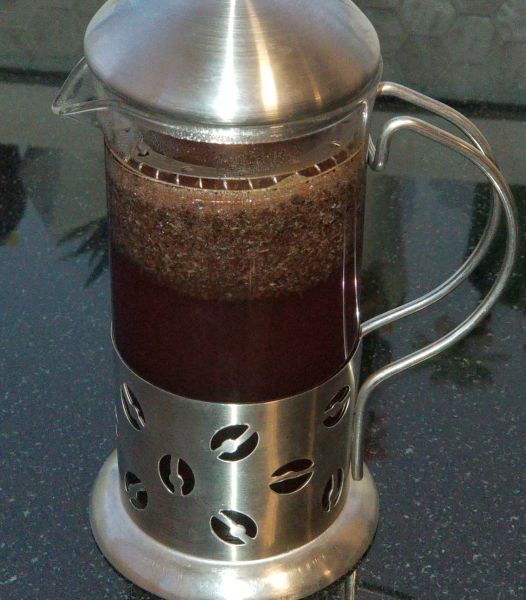
Fine "dust" in your cup
In one video it was said that the French press is not popular with serious coffee drinkers because its metal mesh has too big holes which don't filter out small fractions. This makes the coffee "muddy" and negates all the advantages of the French press in terms of ease of workflow and "adjusting" the strength and flavor of the drink using immersion time. As you can see, ghost teeth burrs effectively solve this problem. This makes the French press attractive to those who had to use the inconvenient V60 and aeropress - for the sake of a paper filter. At the bottom of the cup there is practically no "mud" left - definitely not enough for fortune-telling! So a little bit of "dust" is still produced by the grinder. And that's good! I once tried to remove it as much as possible with a micro-sieve, but the result was not impressive - the flavor was a bit flatter and less rich (although not bad either). Apparently, small fractions are like salt for soup: too much is awful, but if you don't have any at all, it's also unflavorful. Obviously, the grinder I bought gives the perfect amount of "dust" - no more and no less than necessary.
However, the question arises: Is this type of burrs suitable for methods that use a paper filter? After all, the paper will not let through even the small amount of fines that is present. Wouldn't you get "soup without salt"? I don't use such methods, so I can only speculate..... Yes, the paper will keep the fines out of the cup, but the flavors will be extracted from them before they pass through the paper (as well as from the coarser fractions), so it must be good (initially, I wrote "it must be fine", but we should be careful using that word when discussing grinders, ha-ha!). At worst, you can grind a little bit finer. If you do want some "dust" in the cup, you can buy a metal filter for both the aeropress and the V60 instead of a paper filter.
A pre-breaker for your flat burr espresso grinder
Now I'm going to suggest something interesting. If you have an espresso grinder with small, flat burrs with no pre-breaker, then grind the beans with a ghost grinder (set to the largest size) before you pour them into the espresso grinder.
Some models (such as the Zerno and Gevi GrindMaster) have a special pre-breaker that crushes the beans before they hit the burrs. We can speculate that a 64 mm grinder with a pre-breaker is at least equivalent to a 83 mm one with no pre-breaker (if not even better since the less the diameter the better the alignment). Of course, we are talking about burrs of a same kind, and a hypothetical situation (non-existent in reality) where the grinders are absolutely equal. The explanation is simple: a separate pre-breaker does some of the work that would normally be done by the burr (specifically, by its inner pre-breaking zone), so all burr has to do is finish the work the pre-breaker started. Using a ghost grinder for pre-breaking must have the same effect.
Anyway, experiment with it. I tried the method with my conical Niche Zero - the flavor was hardly different, but not better for sure. However, conical burrs don't need a pre-breaker since whole beans enter them easily. More exactly, their upper part is a pre-breaker per se - to a much greater extent than the pre-breaking area of flat burrs. So, adding another pre-breaker has very little effect on the flavor. I am sure that if I would have a flat burr grinder with no pre-breaker, the experimentation result would be more interesting.
